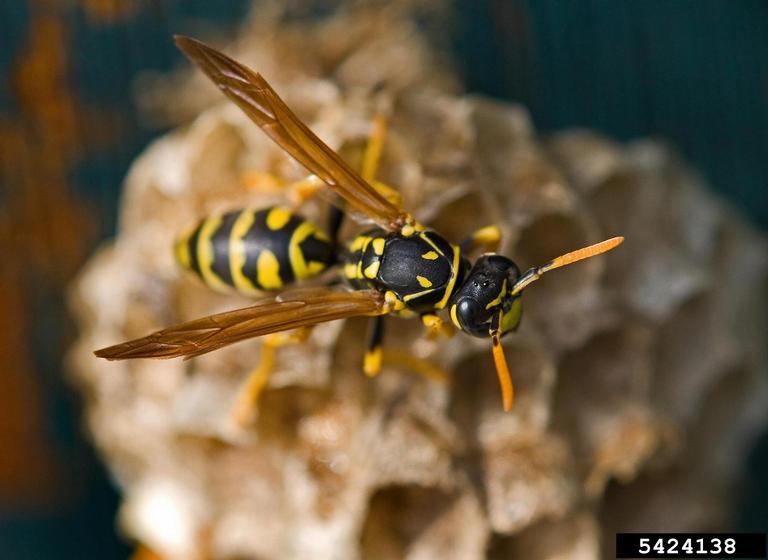You just noticed that mole crickets are eating up your lawn. Are you ready for the bad news? You just missed the best time to kill them.
"If you've got a mole cricket problem and haven't treated your lawn for them yet, you've got problems," Will Hudson said.
Mole crickets are soil insects and are major pests of turf grasses in the coastal plain -- basically the southern half of the state.
An entomologist with the University of Georgia Extension Service, Hudson said mole crickets have just one generation per year. But by now, the new bugs are getting big. "And the bigger they are," he said, "the harder they are to kill."
Hudson has two suggestions for people who have missed the best time to control mole crickets.
One, plan better next year. "It's pretty much the same year after year," he said. "The best time to treat mole crickets is around the last week in June and the first week in July. That's when the new generation of insects is still young and easy to kill."
Two, be very smart about how you apply chemical treatments for the mole crickets you already have.
No, you don't have to abandon your lawn and hope it survives this year's mole crickets.
"You need to treat for mole crickets right on," Hudson said. "You just won't get the control you might expect. You may have to treat several times to knock the population down as much as you need."
For most people, he said, that's mainly a problem of a little more money and aggravation. "Homeowners usually have only a few thousand square feet to treat," he said. "If you have to spend $40 to $50 to save your lawn from mole crickets, that's not that big a deal."
For people with golf courses or recreational turf to treat, extra treatments can obviously be more costly.
A key to making the most of mole cricket treatments, whether they're late or not, is water. You may even need to water your lawn before you apply a chemical.
"Mole crickets don't like hot, dry conditions," Hudson said. "When the soil surface is dry, they'll move down deeper, where they're harder to reach with any insecticide."
Most turf insecticides that are applied as liquid sprays have to be watered in immediately. "You have to get the chemical into the soil," Hudson said. "And once it dries on the leaf surface it's hard to do that."
One of the best products for homeowners, he said, is Orthene. Mix the wettable powder as the label directs, and apply it with a hose-end sprayer.
"Irrigation isn't as critical with Orthene," Hudson said. "The label says you don't have to water it in at all. Just apply it with the hose-end sprayer." The chemical will get into the grass and kill mole crickets that feed on it.
There are granular products, he said. The county extension agent can advise you on the best for home use. As a rule, these products still have to be watered in, but not as quickly as liquid products.
"You can't just leave them out there and wait for rain," he said. "These products break down in heat and ultraviolet sunlight. The quicker you get the chemical off the granule and into the soil, the better."
Some retail stores may sell Dursban and diazinon granules for mole cricket control. "But these aren't good mole cricket materials in many situations," he said.
If you treat your lawn for mole crickets and the damage continues, treat again. It may take several applications. You may knock their numbers back to acceptable levels the first time, but don't count on it.
"Nobody's taking care of mole cricket problems with one application," Hudson said.






